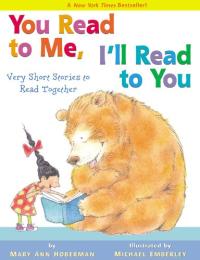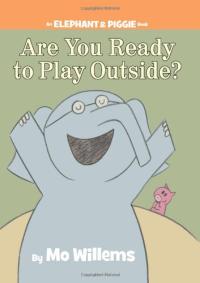Key Information
Focus
When To Use This Strategy
Appropriate Group Size
What is paired reading?
With the paired reading strategy, two students read together to improve their reading fluency. This method involves one student reading aloud while the other listens and provides support as needed. The roles are then reversed, with each student taking turns as the reader and the listener. Usually you will pair your more-fluent readers with your less-fluent readers, although children who read at the same level can be paired too. Paired reading can be used with any book, taking turns reading by sentence, paragraph, page or chapter.
Why use paired reading?
- It helps students work together.
- It encourages cooperation and supports peer-assisted learning. The presence of a peer can reduce anxiety and build confidence.
- Hearing a peer read fluently serves as a model for expression, intonation, and pacing.
- Reading with a partner makes the reading experience more engaging and interactive. Students are actively involved in the reading process.
How to use paired reading
How to pair students
Pair students either by same reading ability or by high-level readers with low-level readers. Use the following steps to pair high-level readers with low-level readers:
- List the students in order from highest to lowest according to reading ability.
- Divide the list in half. Place the top student in the first list with the top student in the second list. Continue until all students have been partnered
- Be sensitive to pairings of students with special needs, including learning or emotional needs. Adjust pairings as necessary.
- The reader from the first list should read first while the reader from the second list listens and follows along.
- The second reader should pick up where the first reader stops. If additional practice is needed, the second reader can reread what the first reader read.
- Encourage pairs to ask each other about what was read. “What was your page about? What was your favorite part?”
Implementing the strategy
- Introduce the students to the paired reading strategy. This includes:
- Establishing a routine for students to adopt so that they know the step-by-step requirements for engaging in paired reading (i.e. Will they read out loud, simultaneously? Will they take turns with each person reading a paragraph? a page? Or will one person read while the other person listens?).
- Teaching students an error-correction procedure to use when supporting each other’s reading (i.e. re-reading misread words; signals for difficulty).
- Modeling the procedure to ensure that students understand how to use the strategy.
- Ask students to begin reading in pairs and adjust reading speed if reading simultaneously so they stay together.
- Have students offer feedback and praise frequently for correct reading.
- Monitor and support students as they work.
See Strategies to Build Reading Fluency to learn more.
Watch a paired reading lesson
This video shows a second grade class engaging in a paired reading activity, using instructional-level text. (Institute of Education Sciences, REL Southeast)
Collect resources
This collection includes dozens of poems for shared, choral, paired, and echo reading. See example ›
Try integrating technology by having your students use the paired reading strategy with the Clifford stories (including Spanish versions). See example ›
Differentiate instruction
For second language learners, students of varying reading skill, and younger learners
- Differentiate the reading material provided to pairs.
- Encourage rereading passages, rather than reading forward, for students who need extra practice.
See the research that supports this strategy
Fuchs, D., Fuchs, L., & Burish, P. (2000). Peer-Assisted Learning Strategies: An Evidence-Based Practice to Promote Reading Achievement. Learning Disabilities Research and Practice, 15(2), 85-91.
Koskinen, P. & Blum, I. (1986). Paired repeated reading: A classroom strategy for developing fluent reading. The Reading Teacher, 40(1), 70-75.
Topping, K. (1995). Paired reading, spelling and writing: The handbook for teachers and parents. Continuum International Publishing Group.
Strickland, D. S., Ganske, K., & Monroe, J. K. (2002). Supporting struggling readers and writers: Strategies for classroom intervention 3-6. Portland, ME: Stenhouse.
Children’s books to use with this strategy

You Read to Me, I’ll Read to You: Very Short Stories to Read Together

Eve of the Emperor Penguin

Are You Ready to Play Outside?

Joyful Noise: Poems for Two Voices

